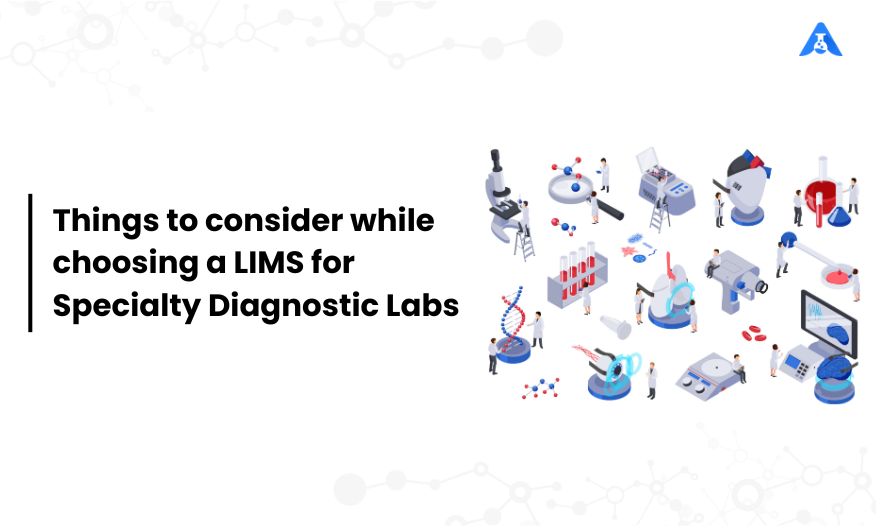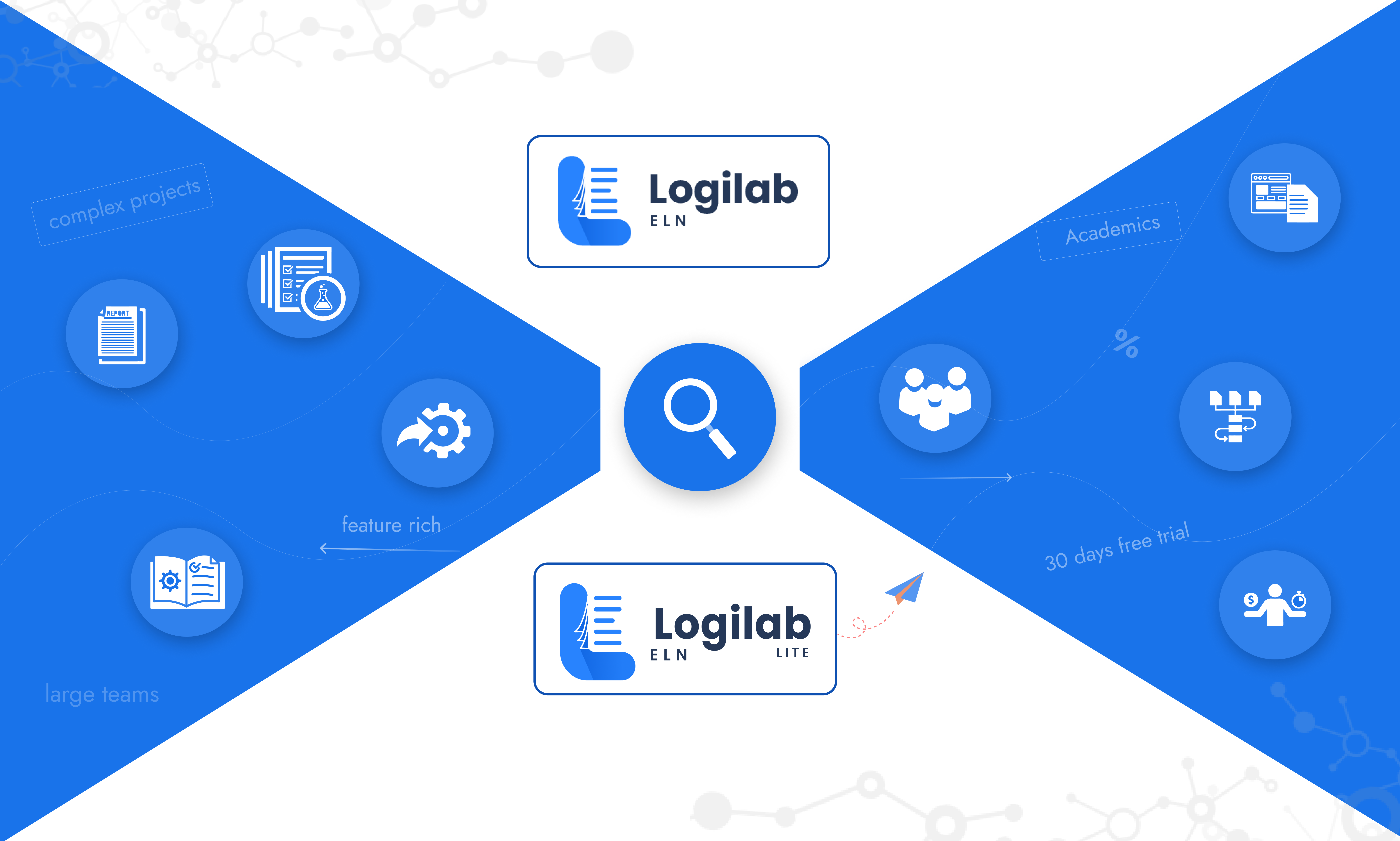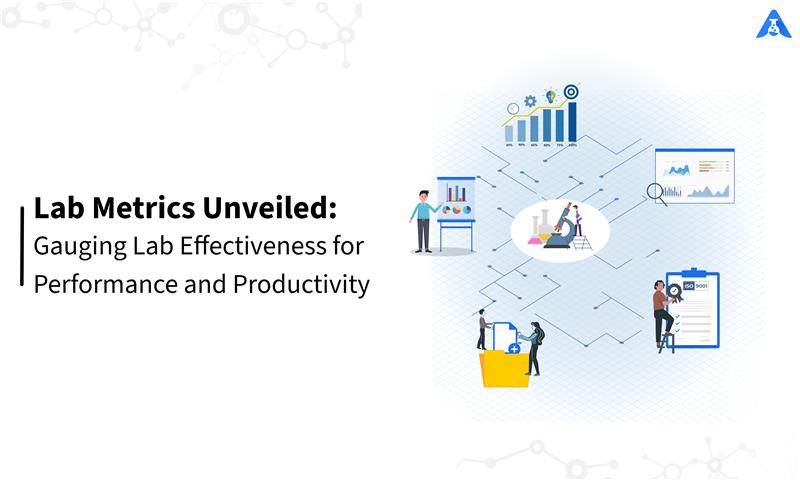Aspects to consider while choosing LIMS for a Specialty Diagnostic Labs
LIMS for diagnostic and research laboratories involved in molecular, cytology, histology, NGS, NBS, translational medicine & bio-banking
SPECIALTY DIAGNOSTICS WORLD
Modern specialty diagnostic laboratories need an integrated LIMS Software that can handle molecular diagnostics, cytology, histopathology, NGS, FLOW, bio-chemistry, genetic cytology (Cyto/ FISH) and microbiology related processes in a single system. Advanced detection of mutations, abnormalities in cells, chromosomes, karyotypes, DNA, gene, enzymes studies and biomarkers are very helpful in identification of potential sources of disease and better patient care.
FUNCTIONAL ASPECTS OF AUTOMATING SUCH LABS
Specialty diagnostic labs need a lims software to handle multiple workflow processes in a seamless & communicative manner. In order to publish a result, samples undergo several pre-processing like aliquoting, isolation, normalization, robotic pipetting, reagent addition including sample preparation and analysis on high throughput devices that are capable of handling different plates & containers.
The ultimate goal is to reach the level of getting to the final outcome of a test. From a data entry and result publishing perspective, it may look pretty simple which even a traditional LIMS is quite good at handling. However, dynamic workflows with dynamic content capture is one of the key aspects.
PATIENT DEMOGRAPHY
Most demographic information comes in as paper-based or electronic data exchange can happen between LIMS and external hospital or clinical systems. The Middleware system for Electronic Data Interchange (EDI) should be available for bi-directional communication of patient demography, orders and results with healthcare systems. Patient demography could also include hereditary information for advanced research studies based on pedigree.
SAMPLE ACCESSIONING / REGISTRATION & BIOBANK STORAGE
Sample accessioning/ registration with patient demographics and appropriate routing of source samples for processing and storage is a critical step for any molecular laboratory. More often the DNA/RNA needs to be isolated within a specific time frame after the phlebotomy. Routing of samples to the appropriate workflow process becomes important when it comes to following the SOPs and throughput of the lab. Biobank storage involves temporary refrigerators, deep freezers and cryo-storage equipment. Biobank storage should be really flexible in terms of the definition of templates for various types of storage locations and destination containers (plates, tube-holders). Movement between the biobank and the processing area is an important process which goes through requesting and issuing samples based on priority and the process it needs to undergo.
BATCH MANAGEMENT, SAMPLE PROCESSING& TEST WORKFLOWS
Samples can undergo several steps of processing like aliquoting, DNA isolation, extraction and normalization which may be manual or involve advanced robotics. Processed samples undergo testing and analysis in instruments like a sequencer, real-time PCR (RT-PCR), MS-MS, next-generation sequencers (NGS) and proteomics.
Fig 2: Typical Workflows for processing samples and performing assays
Requests and creation of batches for processing or analysis are critical in terms of business rules like identifying the appropriate material, status of material, container etc. Requests received by biobank need advanced material handling that requires pulling of correct material from storage systems and preparing samples on plates based on the nature of the activity for which the request was made. In case of insufficient material, the requester should know or the biobank should be able to place the next priority material for processing. The system should be able to identify and prioritize samples issued for processing and have the capability to eliminate samples or material which failed during the processing steps.
The most complicated aspect of the workflow in any molecular laboratory is related to material processing & test setup. Although for each sample type there is a standardized sequence of work, a significant number of cases require re-extraction, re-purification, or other adjustments due to variations in sample quality or quantity. Furthermore, due to the increase in retrospective and reflex testing in most laboratories, materials often re-enter the sample processing stream at various points. The workflow process should be easy enough to re-route samples and converted material through any process for re-processing. Since several tests work in batches of 96 or more, it is always better to have a batch of that size for optimal operation of the lab. Hence, going back to the starting material and reaching the level of other samples is also a critical workflow requirement.
SAMPLE PROCESSING & ANALYTICAL TESTING WORKFLOW CAPABILITIES
- Advanced lims software workflow engine is helps to define sample processing workflow steps including the creation of dynamic checklists for each processing step
- Possible for end-users to set up workflows. With new methods available, lab personnel can create such workflows, validate & start work through the LIMS.
- Seamless flow of samples from one process to the next obvious process based on status of samples
- Advanced positive identification of samples by barcode (1D, 2D) through manual scanning/ plate scanners improving throughput and accuracy of sample processing
- Rules based (sample type, vial type, test, method of analysis) batch creation to process samples for workflow processes
- Dynamic transfer of samples, Ex. from one format of plate (96-well) to another plate format (384 well) for specific assays
- Active list of sample management based on status across multi-step workflow, i.e. to eliminate samples from going through next levels of process due to failures
- Advanced “Go-to” step type workflows to direct samples (passing/failing certain criteria) to go to specific workflow steps and continue thereon (Re-processing or re-routing)
- Aliquoting of samples, storage in a biobank, transfer from biobank to temporary refrigerators, centrifuging, maintaining temperature conditions, PCR equipment start/ stop, de-capping/ capping of tubes etc.
- Analytical instrument based control (instrument specific driver), data export (sample list with position) and data import (sample with results)
- Automated attachment of results raw data generated by instrument for easy review and release of results
CONCLUSION
LIMS software for speciality labs should have a generic workflow engine which can be configured to meet new sample processing methods and analytical techniques. A rules engine for taking decisions and appropriate routing of material would certainly help a lot.
- Should have workflow capabilities:
- Actions which involve sample or material movement with traceability (aliquoting, transfer to new container/ plate, automated mask-based plating)
- Configurable dynamic checklists for user-input based on the procedure
- Instrument-based dynamic options for input (sending list of material and plate information) and output (receiving results from instruments), control (instrument specific control)
- Movement of samples from one workflow step to another based on rules/ status
- Routing of samples/ material to appropriate processes based on tests, processes, containers, status, condition, etc.
Safe biobanking of samples and processed material with ease of retrieval
As a software publisher, if we can provide new/ advanced “workflow steps” without disturbing the existing site installation, it will be the best choice for such labs. This will pave the way for continuous optimization of processes.





